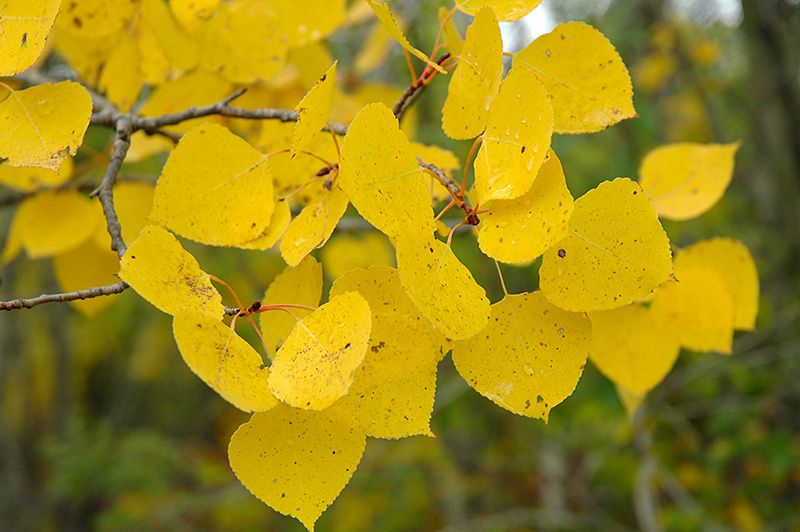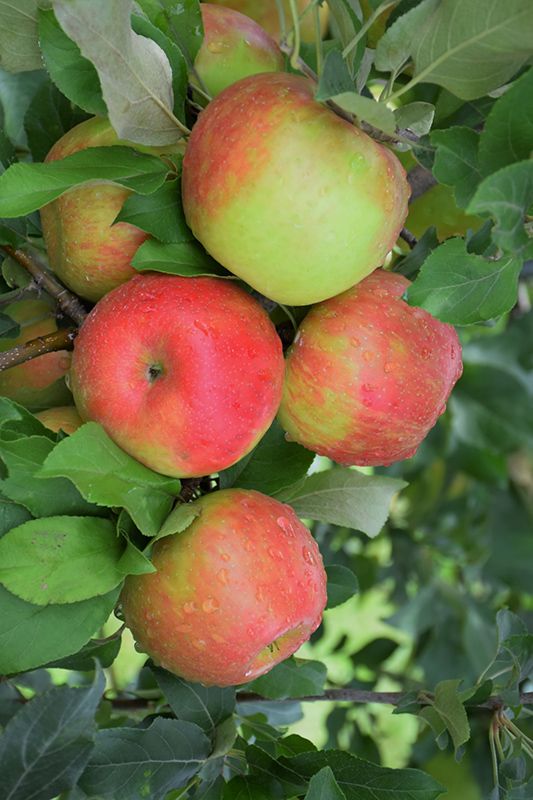Juniperus, Virginian Juniper 'Eastern Red Cedar' (Large)

- Sun Preference
- Full-Sun
As low as $0.00
Description
Native red cedar with varying shades of green foliage. Bronze overtones in winter months. Drought and heat tolerant.
Minnesota's Largest Selection of Trees
At Minnesota's Destination Garden Center, we offer a diverse range of trees to suit any landscaping need. Whether you're looking for shade trees to cool your home or ornamental trees to add beauty and interest, you'll find the perfect tree at Gertens. Our knowledgeable staff can help you select the right tree for your space and provide tips for care and maintenance. Visit Gertens today and explore the unmatched variety of trees to enhance your outdoor environment!
Details
Height: 40 feet
Spread: 20 feet
Sunlight: ![]()
Hardiness Zone: 3a
Description:
A rugged, upright growing evergreen tree; typically has dusty or gray-green needles which turn brownish in winter; adaptable especially to dry soils, but needs full sun; many fine cultivars available in all sizes imaginable
Ornamental Features
Eastern Red Cedar has attractive bluish-green foliage. The scale-like leaves are highly ornamental and turn coppery-bronze in fall. It produces silvery blue berries from late spring to late winter. The flowers are not ornamentally significant.
Landscape Attributes
Eastern Red Cedar is an evergreen tree with a strong central leader and a distinctive and refined pyramidal form. It lends an extremely fine and delicate texture to the landscape composition which can make it a great accent feature on this basis alone.
This is a relatively low maintenance tree, and is best pruned in late winter once the threat of extreme cold has passed. Deer don't particularly care for this plant and will usually leave it alone in favor of tastier treats. It has no significant negative characteristics.
Eastern Red Cedar is recommended for the following landscape applications;
- Accent
- Vertical Accent
- Hedges/Screening
- Windbreaks and Shelterbelts
Planting & Growing
Eastern Red Cedar will grow to be about 40 feet tall at maturity, with a spread of 20 feet. It has a low canopy with a typical clearance of 2 feet from the ground, and should not be planted underneath power lines. It grows at a medium rate, and under ideal conditions can be expected to live for 70 years or more.
This tree should only be grown in full sunlight. It is very adaptable to both dry and moist growing conditions, but will not tolerate any standing water. It is considered to be drought-tolerant, and thus makes an ideal choice for xeriscaping or the moisture-conserving landscape. It is not particular as to soil type or pH. It is highly tolerant of urban pollution and will even thrive in inner city environments. This species is native to parts of North America.
| SKU | Container Size |
| E0958.9 | 5' BB Container |
* Not all container sizes may be available at this time. See store for details on specific container size availability.
Eastern Red Cedar | Juniperus virginiana
Height: 40 feet
Spread: 20 feet
Sunlight: full sun
Hardiness Zone: 3a
Brand: Gertens
Description:
A rugged, upright growing evergreen tree; typically has dusty or gray-green needles which turn brownish in winter; adaptable especially to dry soils, but needs full sun; many fine cultivars available in all sizes imaginable
Ornamental Features
Eastern Red Cedar is primarily valued in the landscape for its distinctively pyramidal habit of growth. It has attractive bluish-green evergreen foliage. The scale-like sprays of foliage are highly ornamental and turn coppery-bronze in the fall, which persists throughout the winter. It produces silvery blue berries from late spring to late winter.
Landscape Attributes
Eastern Red Cedar is an evergreen tree with a strong central leader and a distinctive and refined pyramidal form. It lends an extremely fine and delicate texture to the landscape composition which can make it a great accent feature on this basis alone.
This is a relatively low maintenance tree, and is best pruned in late winter once the threat of extreme cold has passed. Deer don't particularly care for this plant and will usually leave it alone in favor of tastier treats. It has no significant negative characteristics.
Eastern Red Cedar is recommended for the following landscape applications;
- Accent
- Vertical Accent
- Hedges/Screening
- Windbreaks and Shelterbelts
- Planting & Growing
Eastern Red Cedar will grow to be about 40 feet tall at maturity, with a spread of 20 feet. It has a low canopy with a typical clearance of 2 feet from the ground, and should not be planted underneath power lines. It grows at a medium rate, and under ideal conditions can be expected to live for 70 years or more.
This tree should only be grown in full sunlight. It is very adaptable to both dry and moist growing conditions, but will not tolerate any standing water. It is considered to be drought-tolerant, and thus makes an ideal choice for xeriscaping or the moisture-conserving landscape. It is not particular as to soil type or pH. It is highly tolerant of urban pollution and will even thrive in inner city environments. This species is native to parts of North America.
More Information
| Available for Pre-Order | No |
|---|---|
| Tree Type | Evergreen |
| Sun Preference | Full-Sun |
| USDA Hardiness Zone | 3, 4, 5, 6, 7 |
| Common Family Name | Juniper |


